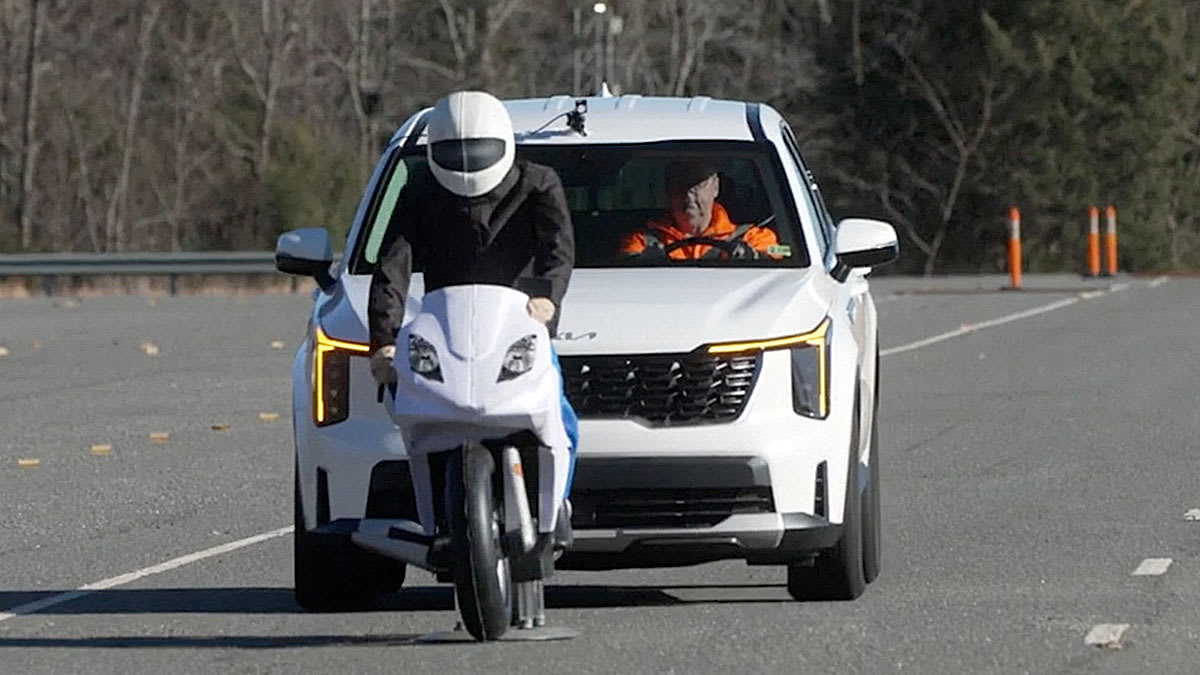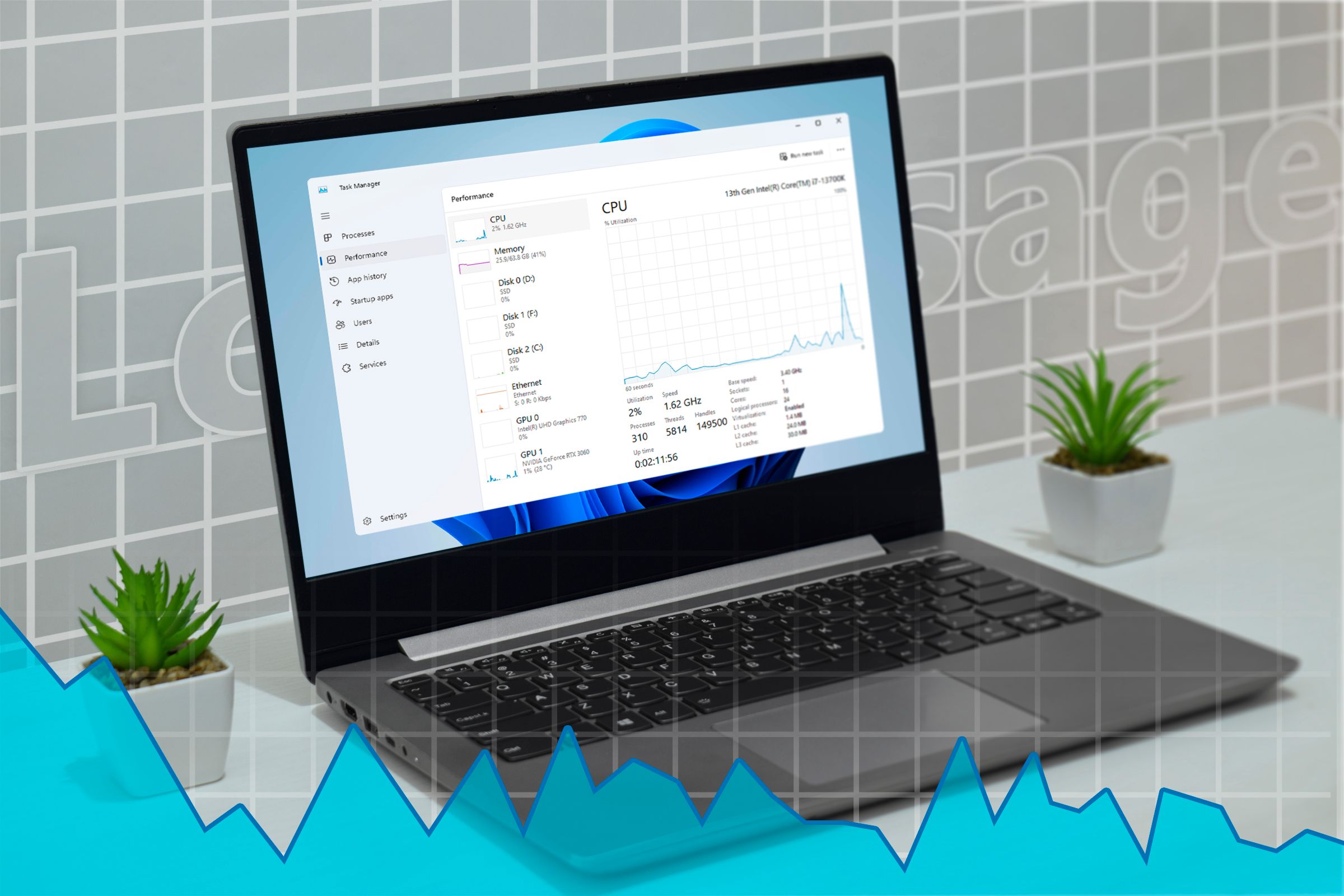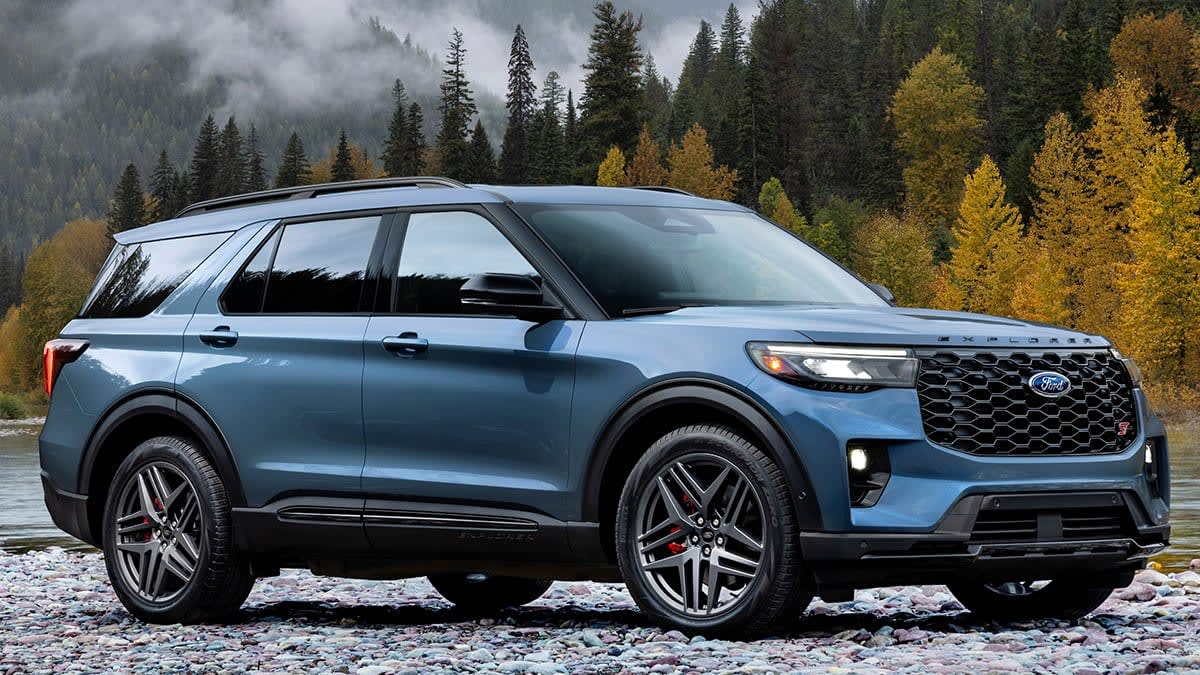
The IIHS has been testing AEB since 2013, but the organization implemented stricter standards last year to better test the kinds of crashes that are more likely to injure or kill people. The new tests are conducted at higher speeds—31, 37, and 43 mph. They also add a motorcycle and semi-trailer as targets in addition to a passenger car, because many earlier AEB systems failed to detect them. (A separate test evaluates pedestrian AEB.)
In the first round of testing under the new regimen, only one vehicle—the 2023-2024 Subaru Forester—achieved a top Good score, and only two other vehicles achieved second-tier Acceptable ratings.
This year, 22 vehicles scored Good or Acceptable in the new tests.
“The number of vehicles that are achieving Good and Acceptable ratings in such a new test is impressive,” says CR’s Stockburger. “It speaks to how quickly the technology is improving and the benefit to consumers in situations where the risk of crashes is higher.”
However, the level of protection varies. The 2023-2024 Ford Expedition got a Marginal score, while the 2024 Audi Q7 and Q8, Buick Envista, 2023-2024 Chevrolet Tahoe, 2024 Chevrolet Trax, 2024-2025 Kia Seltos, and 2024-2025 Nissan Altima all scored Poor. All the Poor-ranked vehicles hit the motorcycle target at 31 mph, and most failed to slow enough for a passenger car at 37 mph.
“Motorcycles are a special area of concern because, unlike passenger vehicle occupants, riders have little protection from crash injuries,” IIHS president David Harkey said in a written statement.
Consumer Reports considers AEB to be a key safety component, and consequently awards additional points toward the Overall Score for cars that provide both city AEB with pedestrian detection and highway speed AEB systems as standard equipment.
Source link











